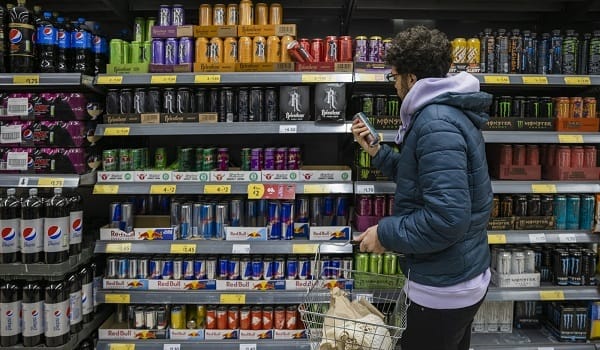Caffeinated soft drinks, ubiquitous in refrigerators and store shelves worldwide, have woven into modern society’s fabric. From the classic colas to the innovative energy-boosting formulas, these beverages offer more than just a thirst quencher—they’re a part of culture, social rituals, and personal routines. This article dives into them, shedding light on their composition, benefits, and the reasons behind their enduring popularity.
The Essence of Caffeination
Caffeine, a naturally occurring stimulant found in the leaves, seeds, or fruits of over 60 plant species, is the crucial ingredient that sets caffeinated soft drinks apart. It’s known for its ability to ward off fatigue and enhance focus and alertness. Familiar sources include coffee beans, tea leaves, and kola nuts, with synthetic caffeine also used in various beverages.
Source: https://agronfoodprocessing.com/
Historical Sip: A Brief Timeline
- The 19th Century: Their inception can be traced back to the late 1800s when pharmacists began experimenting with carbonated beverages. Notably, Coca-Cola, introduced in 1886, was marketed as a medicinal tonic, blending caffeine from kola nuts and extracts from coca leaves.
- The 20th Century Boom: Throughout the 20th century, the soft drink industry exploded, with numerous brands and varieties entering the market. Innovations in marketing, distribution, and flavor diversity contributed to the global spread of these beverages.
- 21st Century Trends: Today, the range of them has expanded beyond traditional colas to include energy drinks, caffeinated waters, and craft sodas, catering to a more health-conscious consumer base seeking stimulation and variety.
A Caffeine Kick: Understanding the Effects
The allure of caffeinated soft drinks lies in caffeine’s psychoactive effects. Consuming caffeine stimulates the central nervous system, leading to increased alertness and reduced feelings of tiredness. The average caffeine content can vary widely among beverages:
- Cola beverages typically contain 20-40 milligrams of caffeine per 12-ounce serving.
- Energy drinks range from 50 to over 300 milligrams per serving, making them significantly more potent.
This caffeine kick has solidified the position of such beverages as a staple in daily life, especially among individuals seeking a quick energy boost.
Beverage Benefits and Drawbacks
Pros:
- Increased Alertness: Caffeinated drinks can improve concentration and focus, mainly in combating midday slumps.
- Convenience: Ready-to-drink and widely available, they offer a quick source of caffeine compared to brewing coffee or tea.
Cons:
- Health Concerns: Excessive caffeine consumption is linked to adverse health effects, including insomnia, jitteriness, and potential cardiovascular issues.
- Sugar Content: Many caffeinated soft drinks are high in sugar, contributing to health problems like obesity and diabetes when consumed in large quantities.
Global Gulp: Cultural Significance
These drinks have transcended their role as mere beverages to become cultural icons. Limited-edition flavors, collector’s items packaging, and strategic partnerships with sports and entertainment sectors have bolstered their status. Sharing a soda or grabbing an energy drink has become ingrained in casual and formal gatherings.
Conclusion
Caffeinated soft drinks, with their rich history, varied offerings, and complex interplay of benefits and considerations, continue to captivate the global audience. As the industry evolves, it embraces innovation while nodding to its roots, ensuring that these beverages remain a significant and dynamic part of our dietary landscapes and cultural narratives.

At Bloomer’s, we take game day to a whole new level with our unbeatable combination of mouthwatering food, refreshing drinks, and top-notch customer service. Whether you’re craving classic bar fare or something a bit more unique, our menu has something for everyone. And let’s not forget about our wide selection of beverages to keep you cheering throughout the game.
Can’t wait to see you here!
Cheers, Cory

